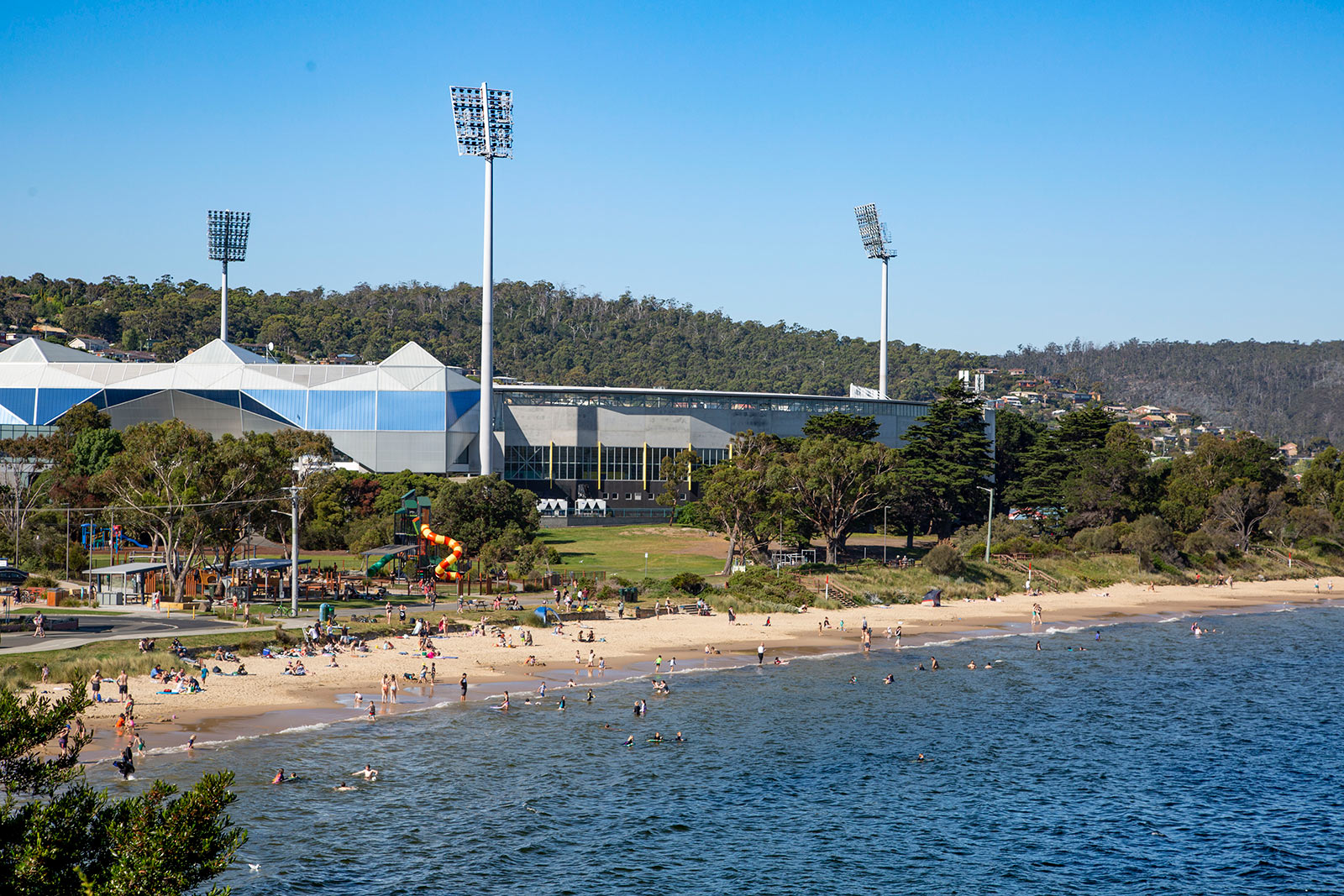Where and how to grow
To deliver our focus on infill development we will require concerted effort and collaboration between governments and industry if future development is to be directed into identified areas with capacity to absorb expected growth. Our analysis of land supply data has identified the following opportunities for future residential development over the next 30 years:
- Low density greenfield housing on existing residentially zoned land – 9 450 additional dwellings.
- Medium density infill housing
- within existing inner suburban areas across Greater Hobart – 12 380 additional dwellings.
- within existing business zoned land close to primary and principal business districts – 9 000 additional dwellings.
- on rezoned land to enable residential use (e.g. Hobart Showgrounds) – 3 700 additional dwellings.
- Higher density infill housing in appropriate locations.
This analysis indicates that the total available land supply within the current Greater Hobart Urban Growth Boundary could potentially cater for over 34 000 additional dwellings, which is more than our anticipated demand of 30 000 dwellings by 2050. It will be important to ensure that existing land supply is used efficiently and to encourage infill development and employment and business growth close to the main activity centres and along main transit corridors. In addition, we will strategically identify areas appropriate for consideration as future growth. Changes to the Urban Growth Boundary may result based on evidence of need and the application of technical planning analysis.
The main areas identified for infill and greenfield development including future growth areas within each council are:
- Clarence – primarily infill, with some greenfield, including in already identified future growth areas such as Droughty Point peninsula.
- Glenorchy – primarily infill, especially in the catchment areas along the transit corridor, and greenfield at Granton and Austins Ferry
- Hobart – primarily infill within the CBD
- Kingborough – primarily infill in and around the Kingston CBD, greenfield at Huntingfield, and a mix of infill and greenfield in already identified future growth areas at Margate and Snug
Future commercial and industrial development is likely to occur within the existing zoned areas, much of which has the capacity to accommodate more intensive activity. More mixed‑use developments will also be encouraged (mix of commercial and residential). Living closer to workplaces and shops will encourage healthy active transport and create a more vibrant and sustainable city.

